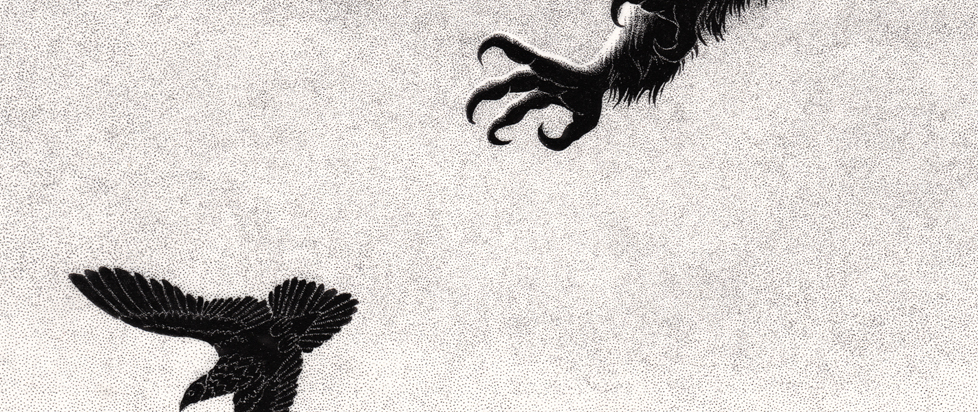
Teaching Crunch

This is an excerpt of a feature from Unwinnable Monthly #111. If you like what you see, grab the magazine for less than ten dollars, or subscribe and get all future magazines for half price.?
———
Crunch is at the forefront of recent discussions of the games industry. Rockstar’s Dan Houser infamously told Vulture about the “100-hour weeks” the company put in to ship Red Dead Redemption 2. Arkane Studios’ Raphaël Colantonio told Game Informer that crunch improves company energy. An excerpt from Walt Williams’ book Significant Zero famously explained why he worships crunch, drawing blowback from all sides.
Just days after Williams’ excerpt was published at Polygon, I met with DigiPen students at 2017’s PAX West about what they were learning and creating. I asked about crunch, fully expecting school representatives to dodge the question. They didn’t; in fact, they answered with enthusiasm that yes, they did
As conversations about labor have continued to develop in the gaming community, the discussion has largely focused on established developers and corporate culture. But many of those employees are coming directly from colleges that teach them these practices. Game design education, according to the students in these programs, grooms them for crunch, for homogenous design, for a culture that doesn’t care about mental or physical health. Employees are specialized cogs in the game production machine – when they wear out, they can be replaced by a cheaply manufactured new one.
Talking to students outside of PAX, when they weren’t there to represent their school, it became clear that crunch and its detrimental effects on health are on their minds. After two students at the University of Southern California died by suicide in early 2018, including a student in the School of Cinematic Arts, which includes the university’s two game design programs, students sought to raise awareness for the unhealthy working conditions they faced.
“My school has driven me to self-harm,” wrote a USC Interactive Media & Game Design student in April of 2018. Over the course of a lengthy Facebook post, the student, who asked to remain anonymous, discussed the pressures he and other students face: single classes requiring more than twenty hours of outside work per week, an expectation that student projects be ready to commercially ship and a lack of understanding among faculty that these expectations were unachievable.
This wasn’t just a USC problem, either. Students at Washington’s DigiPen campus echoed these concerns, citing unsustainable workloads and a lack of access to adequate mental health resources as significant barriers for students to overcome.
———
Melissa Brinks is a freelance writer, podcaster, author of The Compendium of Magical Beasts and editor-in-chief of sidequest. zone. You can find her at melissabrinks.com, or, regrettably, on Twitter at @melissabrinks.
You’ve been reading an excerpt from Unwinnable Monthly Issue 11.
To read the article in its entirety, please purchase the issue from the shop or sign up for a subscription to Unwinnable Monthly!




